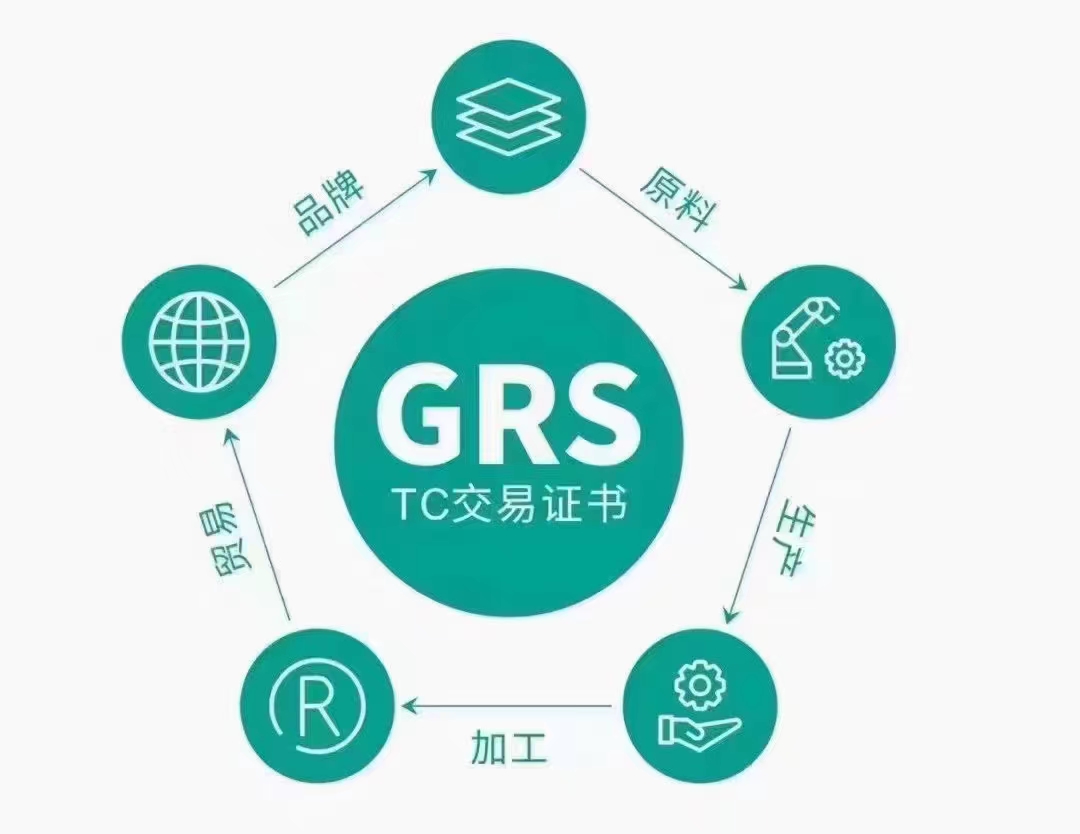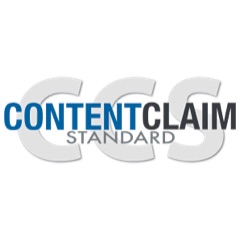GOTS认证辅导-GOTS禁用规则中功能性成分与非预期污染物的界定规定
GOTS SECTION 4.2.2
GOTS 第 4.2.2 节
“Prohibited and restricted inputs”
“禁用和限用投入物”
INTERPRETATION
释义
• Most of the chemical inputs listed in this Section as prohibited are banned under GOTS as they do not meet the hazards and toxicity related requirements in GOTS Section 4.2.3. The reasons for explicitly listing them in this Section are due to their relevance in the textile sector and/or the public attention to these substances.
• 本节所列的大部分化学品投入物,由于无法满足GOTS第4.2.3 节中关于危害和毒理的规定而被GOTS禁用。
本节详细列出这些物质,原因在于这些物质与纺织领域的特殊相关性及(或)公众对这些物质的关注性。
• Listed chemicals are prohibited regardless of application as a pure substance or as part of preparation. Preparations are prohibited if one or more of the prohibited substances of this Section are intentionally added/present as a functional component at any level. Any unavoidable contaminations and impurities of such substances shall not exceed the limits given in the table following this interpretation. In case any chemical (and/or group) is not explicitly mentioned in these interpretations or lists or tables, the respective Globally Harmonised System of Classification and
Labelling of Chemicals (GHS) criterion is to be taken as a decisive requirement.
• 上述物质无论是作为纯物质还是作为配制品成分均禁用。若配制品有意添加/存在本节所列的一种或多种作为功能性成分的禁用物质,则该配制品禁止使用。对于不可避免地掺杂了这些污染物或杂质的,则含量不应超过下表中规定的限量值。对于本部分解释或清单或列表中未明确提及的任何化学品(及/或组),则以相应的GHS(全球化学品统一分类和标签制度)标准作为判定要求。
• Chemical inputs that knowingly release any of the prohibited substances in the list during the normal application or usage conditions are prohibited.
• 此外,已知在正常使用条件下会释放出任何一种列出物质的投入物也禁用。
• For functional nanoparticles as well as GMO containing or derived inputs, the applicable norms/ directives do not provide for a duty of declaration in the SDS. Any unavoidable contaminations and impurities of these substances shall not exceed 0.1%.
• 对于含有有效纳米颗粒的投入物以及含有转基因的或转基因衍生的投入物,相关规范和指令没有要求SDS有声明义务。任何无法避免的此类物质污染物和杂质含量均不应超过 0.1%。
• Recombinant DNA (self-cloning), DNA sequencing, gene editing, gene engineering, cell fusion are considered genetic modification techniques, therefore, inputs produced by such methods are prohibited.
• 重组DNA(自我克隆)、DNA测序、基因编辑、基因工程、细胞融合被视为遗传修饰技术,因此禁用使用这些方法生产的投入物。
• Inputs are also prohibited if there is validation that their designated use in textiles leads to any exceeding residue limits of the parameters listed in GOTS Section 5.2.7.
• 投入物若被证实其指定用途会导致超过第 5.2.7节规定的纺织品中残留限量,则也被禁用。
GUIDANCE
指南
• While the Standard prohibits and/or restricts the use of a number of chemical inputs, it is also recognised by the Standards Committee of GOTS that certain unintended by-products/ contaminants may be found in chemical inputs arising from the synthesis route/manufacturing complexities of such inputs. GOTS, therefore, recommends the following maximum contamination limits for chemicals. It is expressly understood that this list and limits contained therein are dynamic and will be reviewed periodically at each revision of GOTS or if found necessary due to changes in regulations/research/commercial requirements.
• 虽然本标准禁止和/或限制使用一些化学品投入物,但GOTS标准委员会也承认一些化学品投入物在其合成/制造中可能会产生某些非预期副产品/污染物。因此,GOTS建议采用以下化学品最大污染限量值。该清单及其中包含的限量值是动态的,每次修订GOTS标准时或者当相关法规/研究/商业要求发生变化而产生必要时需要进行评审。
• The limits mentioned in the table below are meant only for unintended by-products or contaminants and should not be considered as a dilution of GOTS requirements for Chemical Inputs, as detailed in GOTS Sections 4.2.2 and 4.2.3.
• 下表列出的限量值仅针对非预期副产品或污染物,不应该视为降低了GOTS第4.2.2节和4.2.3节中详述的对化学品投入物的要求。
• For many of these parameters, standard test methods may not be available. In such cases, modified test methods should be used for the detection and quantification of contaminants. As per GOTS requirements, tests should be carried out by suitably qualified laboratories with adequate testing experience in the field of textile chemical inputs for these parameters.
• 对于其中的许多参数,可能没有相应的测试方法,因此可采用修改测试方法来进行污染物的检测和定量。根据GOTS要求,测试应该由具备相应资格并且在测试化学品投入物方面有足够经验的实验室进行。




























 18576401396
18576401396 




